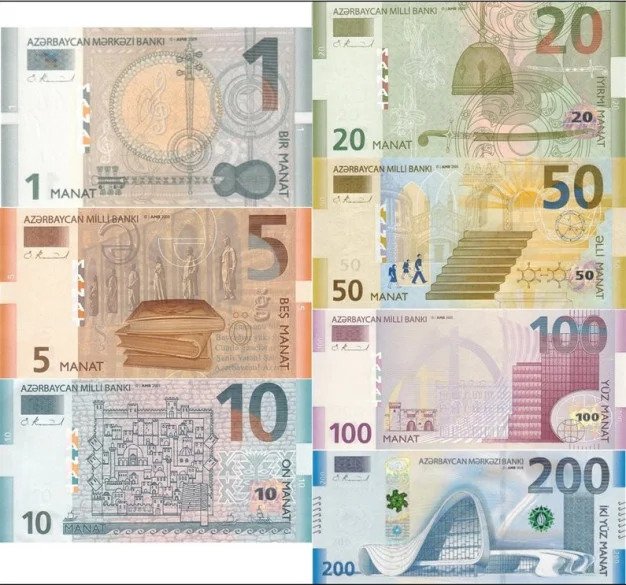
From Euro to Manat: How Azerbaijani Currency Tells the Story of Culture, History, and National SpiritThe first thing every visitor to Azerbaijan encounters isn’t just the country’s warm hospitality, but also the Azerbaijani manat. Whether it’s a ride from the airport, the purchase of freshly baked chorek from a tandoor, or a visit to a cozy café in the Old City — the manat is your first companion. But have you ever considered that banknotes are more than just a means of payment? They are a visual encyclopedia of the country.
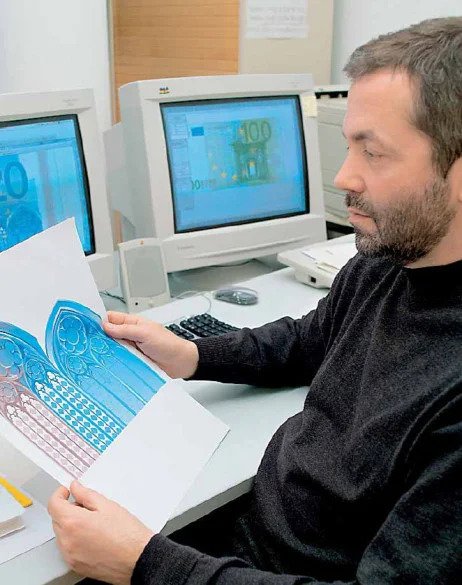
 From Euro to Manat: How Azerbaijani Currency Tells the Story of Culture, History, and National SpiritThe first thing every visitor to Azerbaijan encounters isn’t just the country’s warm hospitality, but also the Azerbaijani manat. Whether it’s a ride from the airport, the purchase of freshly baked chorek from a tandoor, or a visit to a cozy café in the Old City — the manat is your first companion. But have you ever considered that banknotes are more than just a means of payment? They are a visual encyclopedia of the country.
From Euro to Manat: How Azerbaijani Currency Tells the Story of Culture, History, and National SpiritThe first thing every visitor to Azerbaijan encounters isn’t just the country’s warm hospitality, but also the Azerbaijani manat. Whether it’s a ride from the airport, the purchase of freshly baked chorek from a tandoor, or a visit to a cozy café in the Old City — the manat is your first companion. But have you ever considered that banknotes are more than just a means of payment? They are a visual encyclopedia of the country.

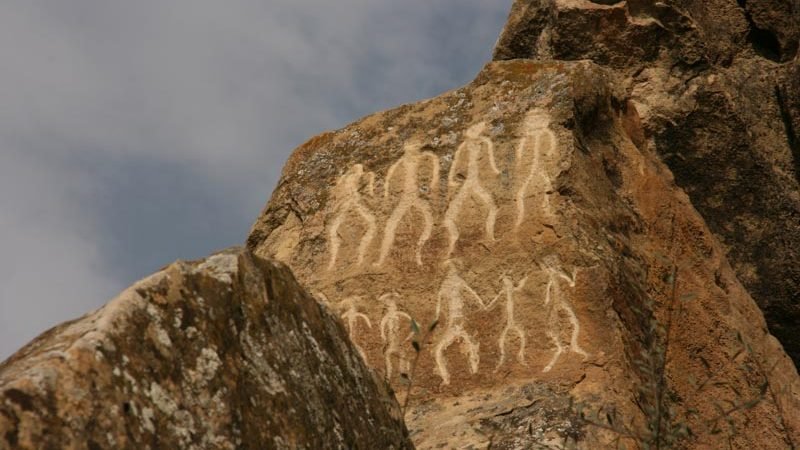

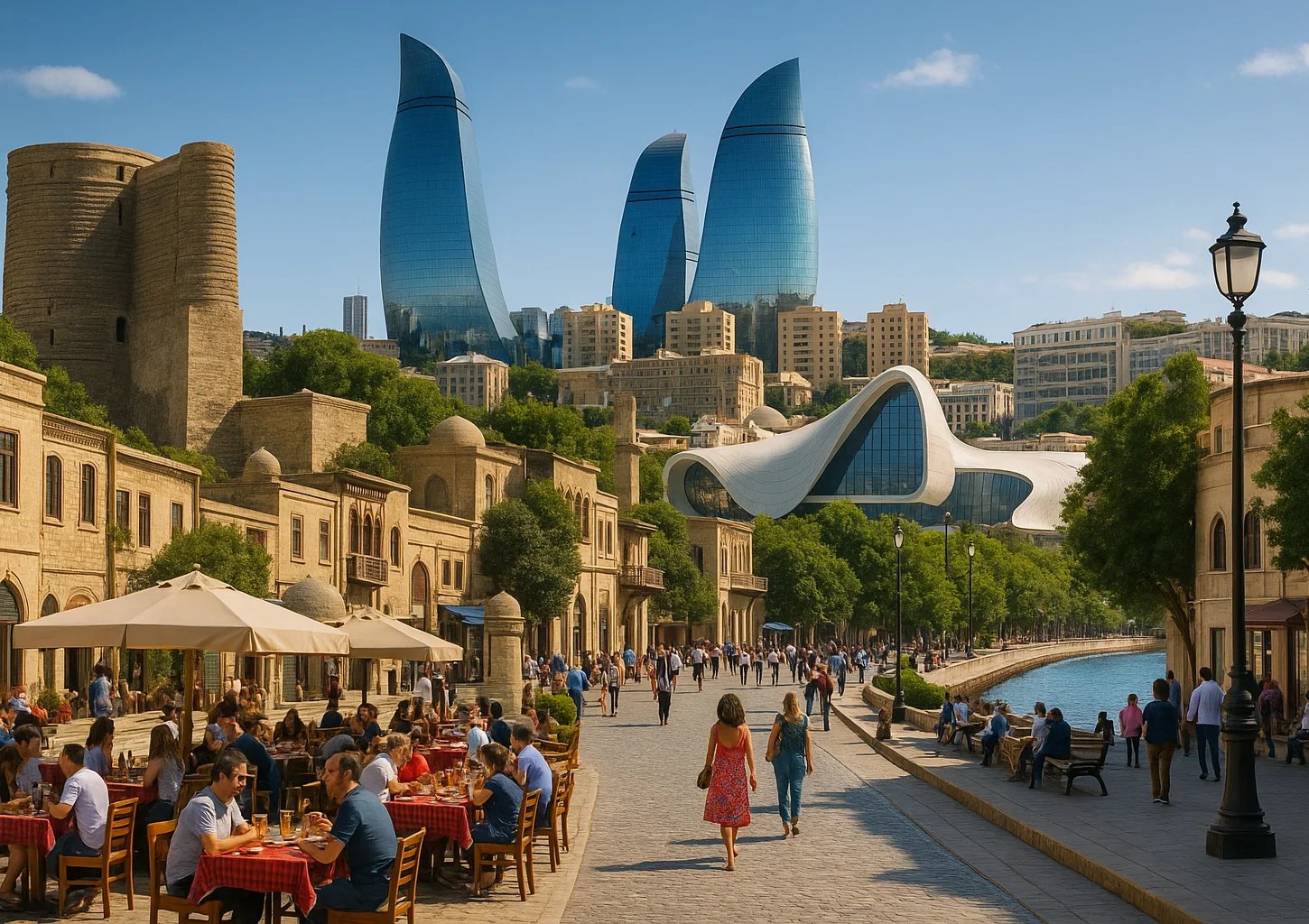
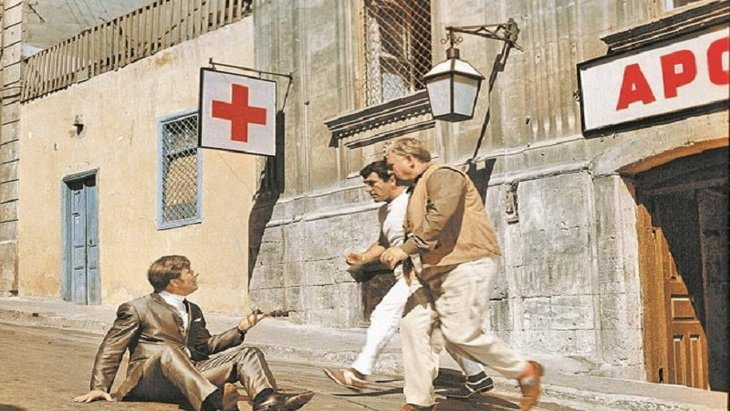




Comments
No comments yet.
Leave a Comment